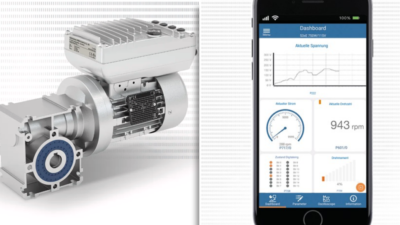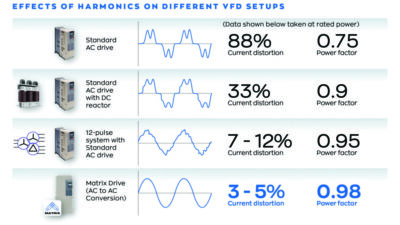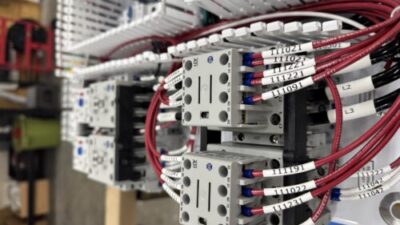Vision software and industrial robots will be combined to make materials handling more accurate, efficient and cost-effective.
| Universal Robotics technology, which is not dependent on a particular hardware platform, allows moving machines to learn through interaction with the physical world. Feedback to Spatial Vision 3D vision software in real time (called "visual servoing") enables what the company calls Neocortex reactive automation during task completion. Neocortex software reportedly optimizes patterns of similar tasks over time, resulting in long-term adaptive automation. |
Universal Robotics, Inc. and Motoman, Inc. today announced a partnership to develop and market a new 3D vision system solution for a variety of robotic applications. The companies will integrate Universal’s Spatial Vision self-calibrating 3D vision software in Motoman’s industrial robots. The first Spatial Vision-enabled robots will target material handling applications, from 3D bin picking to racking, and will be available in early 2010, according to Roger Christian, vice president of marketing and international groups at Motoman .
Christian said Universal’s Spatial Vision software will allow Motoman "to set a new price-performance point in the robotic 3D vision systems market." Current 3D robotic vision systems require extensive programming and laborious setup, and can be very costly to implement and maintain, he said. These factors have limited the wide adoption of the technology.
The Spatial Vision system enables automatic self-calibration, full color and high definition images, and millimeter accuracy within a robot’s work envelope. The system can "automatically identify any dynamic point in 3D space and calculate the distance to this point using inexpensive web cams," said Christian, and "delivers accurate, full-frame color results at 960 by 720 pixels four to five times per second."
David Peters, CEO of Universal Robotics , said Spatial Vision software gives robots the real-time high-fidelity input necessary to react to their physical environments. "This is an important step towards Universal’s efforts to enable machines to efficiently perform difficult or dangerous tasks," he said. Universal Robotics creates software that enables machines to learn from their experiences, react and adapt to their surroundings, and perform tasks that are costly, dangerous or difficult for humans to undertake. The company’s signature technology, Neocortex, which was developed over seven years at NASA and Vanderbilt University, can increase efficiency and worker safety in applications including warehousing, mining, handling hazardous waste and automated vehicles such as forklifts.
– Edited by Renee Robbins, senior editor
Control Engineering News Desk
Machine Control, Motion Control news from Control Engineering



